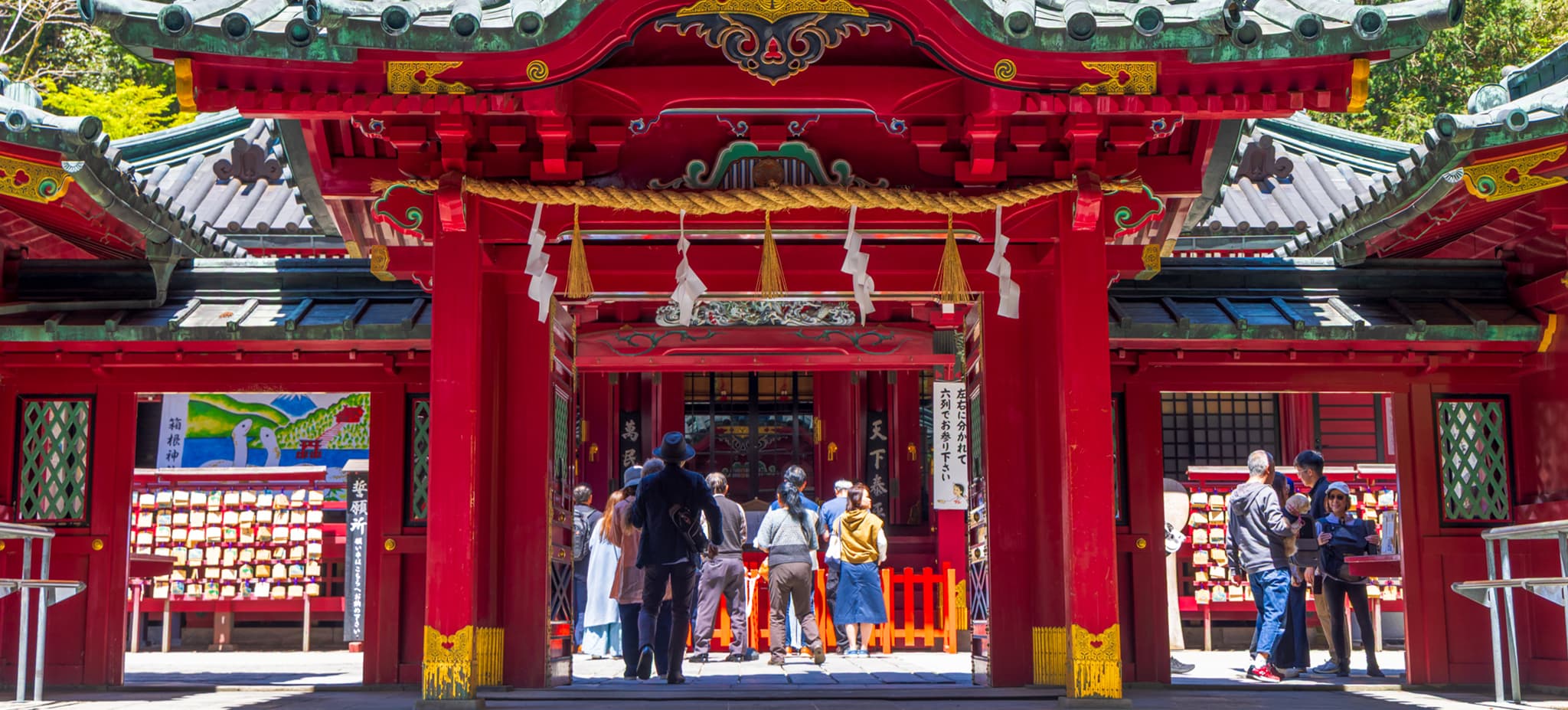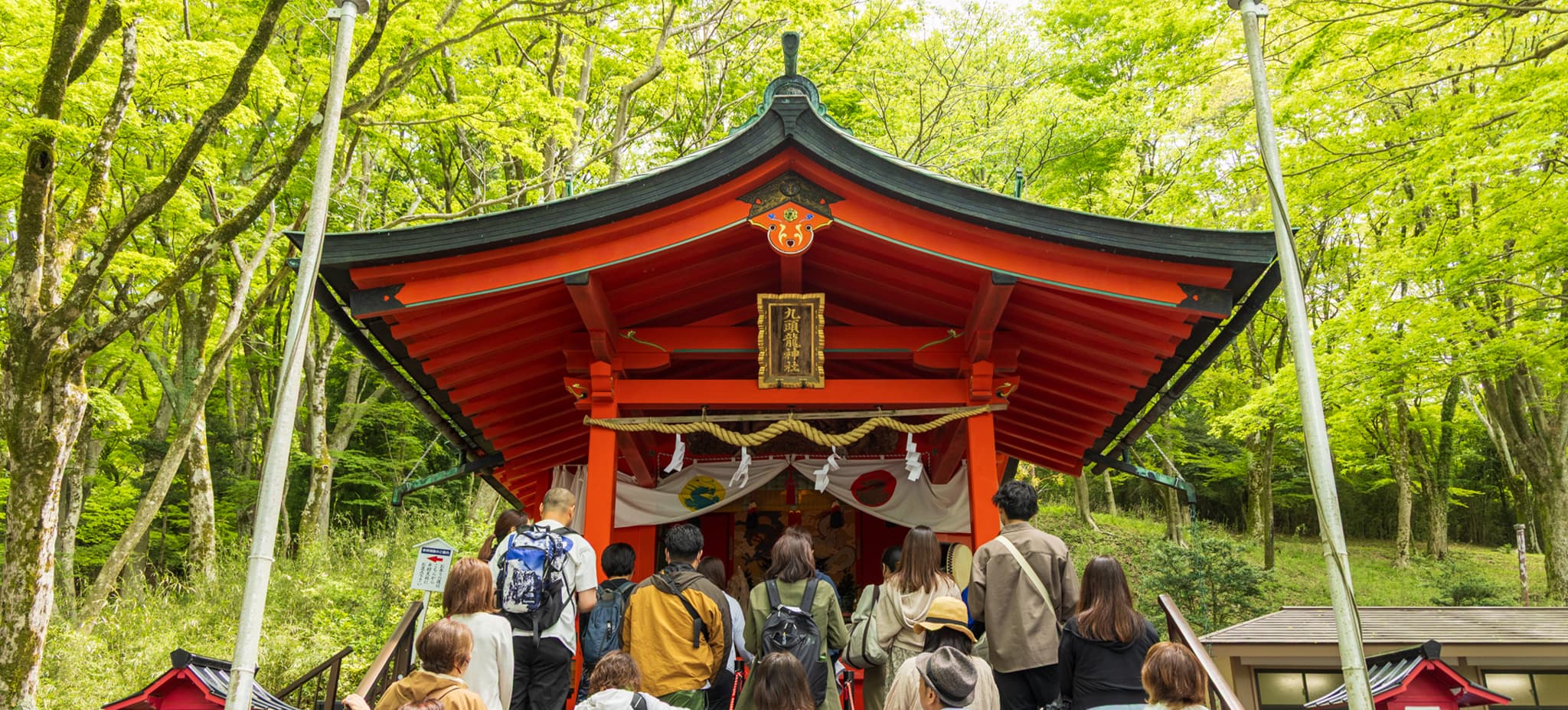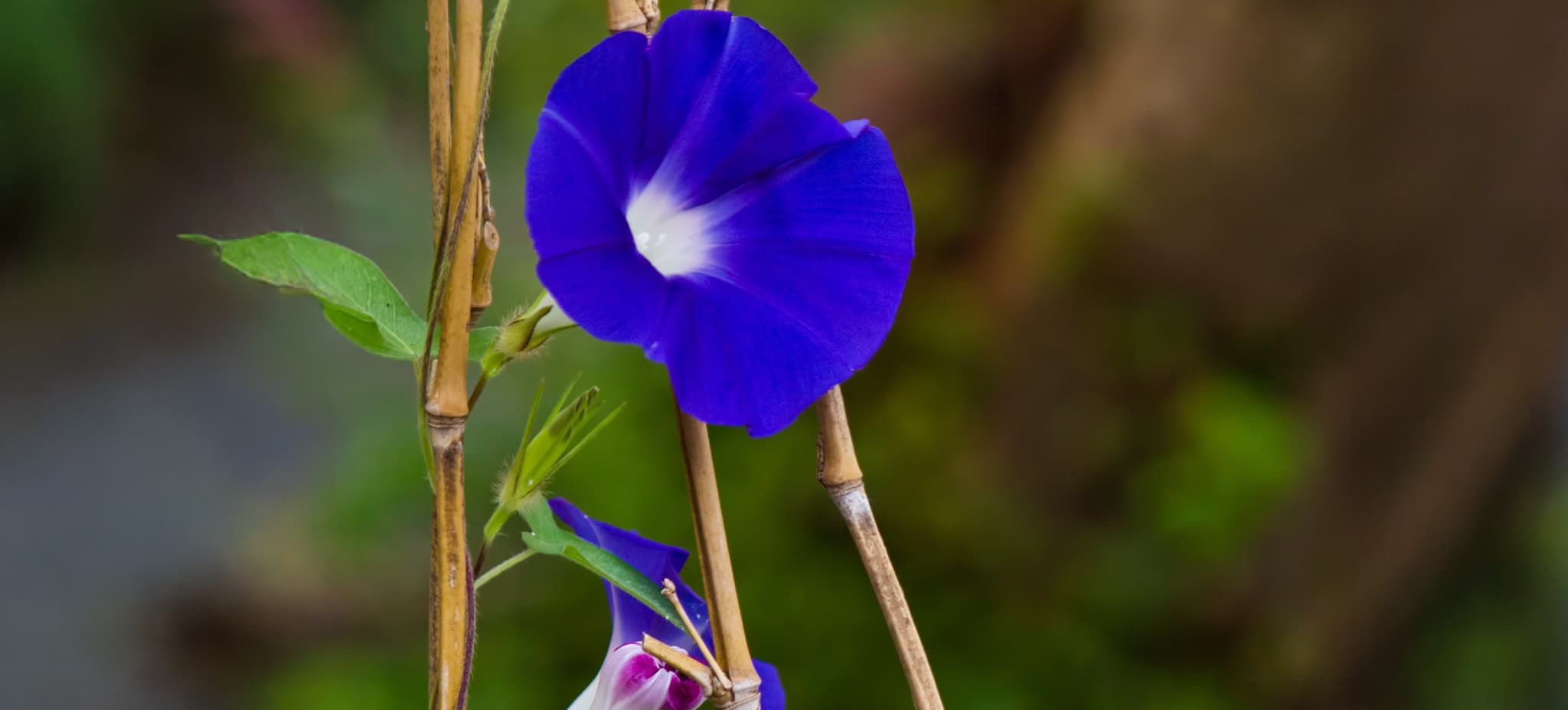Kinnotake Blog #Shinto #Japanese Culture #Nature #Shrine #Spiritual
Kinnotake Blog
3/01/2025
Exploring the Spirit of Shinto in Hakone
Exploring the Spirit of Shinto in Hakone – Nature, Purity, and the Invisible Beauty of Japan
What Is Shinto? Japan’s Ancient Harmony with Nature
A Journey into Hakone’s Sacred Stillness
Hakone is not only famous for its hot springs and scenic landscapes, but also for a deep, unspoken purity that travelers often feel without knowing why. This invisible beauty stems from Shinto — Japan’s ancient indigenous belief system that reveres nature and spiritual harmony.

Shinto is Japan’s oldest belief system, yet it has no founder, no holy scripture, and no strict dogma. Instead, it is a way of life that sees the divine in all things — mountains, rivers, trees, wind, even everyday objects — known as the “Yaoyorozu no Kami”, or the “eight million gods.”
This worldview is not separate from Japanese culture — it is the foundation of it. Many customs admired by international visitors, such as:
Clean and well-kept streets
Politeness and respect for others
Deep reverence for nature
Punctuality and order
The tranquil atmosphere of temples and shrines
Sensitivity to seasonal changes

…all have deep roots in Shinto values.
Purity, Cleanliness, and the Spirit of Misogi
One of Shinto’s central ideas is the importance of purity. Before approaching a shrine, visitors purify their hands and mouth at a basin (called Temizuya) — a symbolic act of washing away spiritual impurities.

This emphasis on cleansing isn’t just ritual — it’s cultural. Japan’s spotless streets, removal of shoes before entering homes, and the love of tidy spaces all reflect this Shinto concept of "kegare" (impurity) and the effort to maintain “kiyome” (purity).
Shrines: Open Spaces of Prayer, Regardless of Belief

Hakone is home to many beautiful and spiritually significant shrines, such as Hakone Shrine, Kuzuryu Shrine, and Motomiya (the original mountaintop shrine).
Shrines welcome everyone — regardless of religious background. Whether you come to pray, reflect, or simply admire the natural setting, you are invited to experience a sense of peace and connection to something greater.
As you walk through torii gates, purify your hands, and bow in silence, you’ll take part in a tradition that’s deeply Japanese — yet quietly universal.
Hakone Shrine→
Kuzuryu Shrine→
Motomiya→

 Kinnotake Resorts
Kinnotake Resorts





